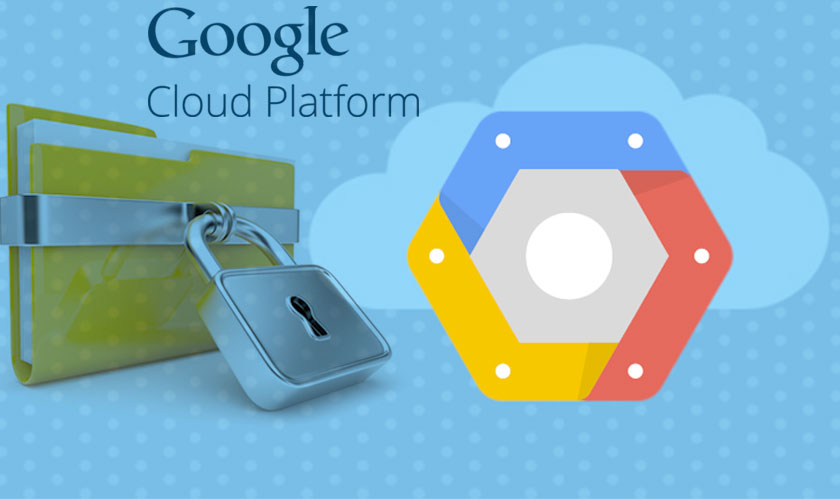Home technology cloud google Cloud introduces new features to safeguard sensitive data of organizations
Cloud

CIO Bulletin
2017-10-25
Google is helping organizations protect their sensitive data on its cloud platform. Google releases de-identification features to its cloud Data Loss Prevention API.
What are the uses of these features?
These features aids companies classify, protect and find around 50 different types of sensitive data in cloud data stores, email application stores and other locations.
Features like New data redaction, data masking and tokenization helps firms to block personally identifiable information from a dataset so that nobody steals the remaining data regarding particular information.
Harman Kardon Invoke, the Microsoft Cortana-enabled speaker first announced last December, finally hit store shelves.
"Invoke delivers powerful 360-degree sound from three direct-radiating woofers, three direct-radiating tweeters and two passive radiators," said Andrew Shuman, corporate vice president of Cortana Engineering at Microsoft. "Invoke also features Harman's Sonique far-field voice recognition technology with seven microphones, ensuring that Cortana can hear you from any direction."
SAP is using SAP Leonardo digital innovation system to support SAP Hybris Marketing Cloud customers to use facial recognition artificial intelligence to promote in-store sales and personalize shopping experiences, according to Jackie Palmer, SAP Hybris global vice president of Strategy and Solution Management.
Palmer told eWEEK “When a customer enters a store, the technology will capture demographic data … as well as other factors such as what [customers] are wearing. This information is funneled into the digital kiosk [or] sign to offer customized product suggestions."
Digital-marketing
Artificial-intelligence
Lifestyle-and-fashion
Food-and-beverage
Travel-and-hospitality